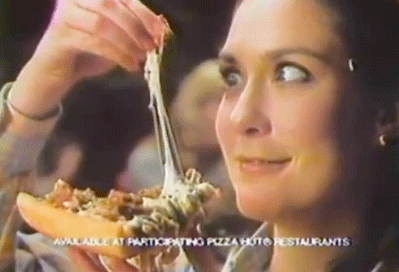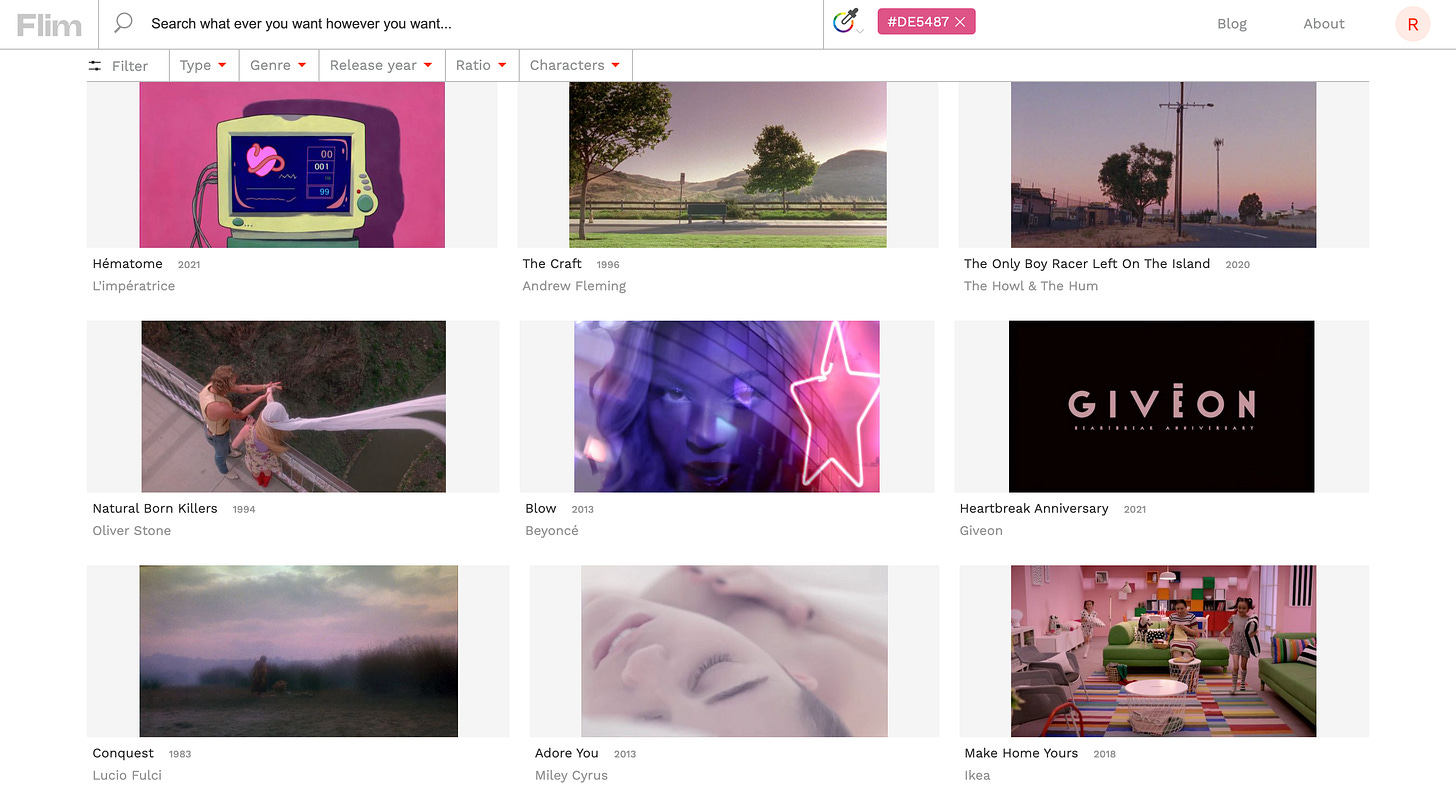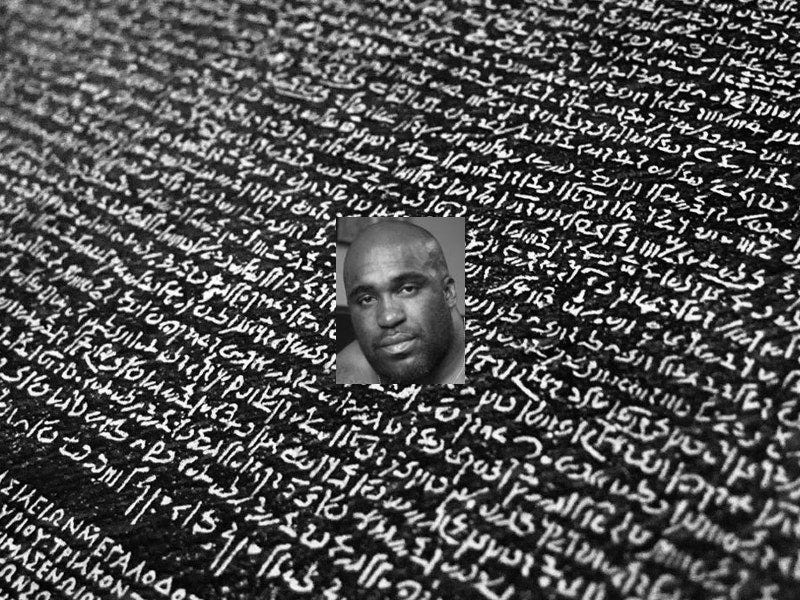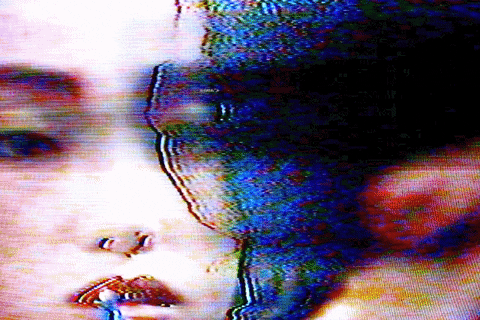📺✨The Nexialist #0025
Fermented Content | Do The Television | PopCorn Garage | Iconographic Search | Culture&Trends Report | Context Collapse | Culture of Proximity | Rosetta Stone for the Digital Age | The Creator Economy
Welcome to the place on the internet where you can take a peek into my head,
One more Thursday, one more Nexialist in your inbox. I’m feeling rested and revitalized after a much-needed few days’ break and decided to try something simple for this edition. After having some (very good) cheese, wine, bread (Thank you François and Frosina) and having done some fermented things at home, I had an insight (and I’m fighting my sensor right now because he’s saying it’s ridiculous, but I’ll go with it): If we talk about content as food (content diet, for instance) when we read/watch something for the second time, especially after some time, that content might have fermented inside your brain. Of course, the development will depend on the bacteria (or what elements are already inside your mind), and there might be some good or bad ones. (I’ll develop more this idea, but I think I’m onto something).
So I’m going to do this here sometimes and bring “old content” that I have shared to see how it “aged”. So I hope you enjoy that format and think of something to re-watch/re-read and see how it fermented for you. 🍷
💡Nexialist Tip: Content Diet (The Nexialist #002)
Faris did a 3 posts series explaining how this division was made, and how we are drawn to junk food/content: the more we have, the more we want it. I know mine is not perfect, but just putting some thought into it helps me make better decisions.
📺Do The Television
[Earworm warning! Maybe you’ll have this in your head for weeks, but I promise it’s amazing!] I have no idea of what “do the television” means, but I wanna do it. It seems like a bittersweet homage to a time when TV was cool (or maybe my mind is going too far) with disco-perfection.
One of my favorite things about ‘Do the Television’ is its progression from feeling chilly and removed to warmth and abandon — ending in a very different place than where it starts. It’s about language and the loss of meaning, changing symbols, forgotten history, and following the loudest voice in the room.” - Jake Shears
Read: Jake Shears Celebrates Pride on New Single ‘Do the Television’ - Rolling Stone
🍿PopCorn Garage
I’m frustrated that I cannot finish this game, but I’ll share it with you anyways. There are 66 movie references displayed in this garage and you can only make three mistakes. Have fun!
👁Iconographic Search
“FLIM is the answer to the statement: images are everywhere, movies, TV, music-clips, internet. Images are needed at every creative process level. From Fashion to design, via cinema and music video.”
When I saw this tool for iconographic search for the first time, I was jumping out of my chair. At first, they only had some award-winning films and other classics, and I’m impressed to see how quickly they are adding more films, documentaries, music videos, and ads in their screenshot database. It’s a great tool for brainstorming, finding visual references, embellishing presentations. Using Artificial Intelligence, each screenshot gets a color analysis and also tags objects, clothes, characters, etc. I recommend playing around with it for a bit. While there’s still a lot of room for improvement, the potential of making visual culture searchable is quite exciting.
📹Culture&Trends Report
This is one of these things really gets me excited! Sometimes I forget that everything we do online is measured and observed, and (despite all privacy problems) this can tell us so much about our culture, especially in a year that a lot of our lives have moved online. Kevin Allocca, Head of Culture & Trends at YouTube, walks us through some cultural trends observed during this past year. It’s so fascinating to me how much change has happened in virtual cultures. I selected some quotes to sum it up:
“Video and the experiences that surround it have become a type of lingua franca across demographic groups.”
IMMEDIACY
Interestingly, using simultaneity to create immediacy is something that extends across a broad range of formats that are not necessarily live. People now use connected TV devices to turn videos they typically watch privately into a kind of social experience, transforming a personal viewing experience into a communal one.
RELATABILITY
Lawyer Cat is a perfect metaphor for the ongoing breakdown of the barrier between private and public life. As we invite others in our homes and rely on digital tools and platforms to communicate through quarantine, people felt less pressure to project unrealistic images of their lives. They seemed to now expect the same of their favorite creators and stars too.
extreme authenticity or radical relatability.
More than ever, relatability and relevance is derived from an ability to speak video, to cleverly employ the language of digital video, its formats, tropes, aesthetics, is to more deeply connect with the audience by mirroring the way that they use these technologies every day.
In a world where barriers between public and private have been further stripped away, the winners right now are the ones who's relatability stems from that comfort and fluency.
IMMERSIVENESS
But the universe of content experiences that create immersiveness connect with the viewer by placing them within the entertainment experience itself.
Gaming is emerging as the most influential space in youth culture, maybe even bigger than music.
Lil Nas X obviously couldn’t resist it and released one called "Montero but ur in the bathroom of hell while lil nas is giving satan a lap dance in the other room.” It's a format of atmospheric video content designed to more deeply connect the listener or viewer with a place, a time, or even just a vibe.
Using multi-sensory media like this to better immerse the viewer in an experience and build a closer connection has a lot of power and appeal right now.
🤯Context Collapse
I just heard of this term for the first time in the report above and I always get a feeling of relief when learning a new term that explains something that is right under our eyes.
Context collapse or "the flattening of multiple audiences into a single context" is a term arising out of the study of human interaction on the internet, especially within social media. Context collapse "generally occurs when a surfeit of different audiences occupy the same space, and a piece of information intended for one audience finds its way to another" with that new audience or audiences' understanding being all the stronger for failing to understand the original context.
🌹Rosetta Stone for the Digital Age (The Nexialist #009)
“Over the next decade language fluency will blur into media literacy.”
Klein brings in his newsletter, Zine, great insights about cultural trends. I highly recommend reading this piece: Why We Need The New Rosetta Stone for Gen Z. As a language lover, it’s nice to see words describing so clearly what we a living through right now, with language evolving rapidly with memes and emojis. Below, the on-point explanation of why memes have become a means of self-expression:
On social media, Young Adults are more likely to share a meme than a selfie or photo of their food. Why?
The meme contains more emotional information than text
The meme is embedded with cultural data, serving as a secondary message
What’s communicated is safely outsourced to a character (ie. “I’m not saying it, they are”)
There is power in numbers (ie. “I’m not saying it, we are”)
Memes speak rich, collective truths. And in a time-crunched world, visual representations are quicker to summon and consume. They won’t be disappearing.
🤳Culture of Proximity (The Nexialist #0006)
This Viacom Velocity study is something that has not left my mind since I saw it in 2018. What happens when we add a layer of technology between our relationships, not only personal but at a worldwide level? Are we closer together? What does proximity even mean? It's exciting and scary to think about how this is changing us.
"In the past, proximity and a feeling of closeness or connectedness have been one and the same. Now we have proximity that may be disconnected from that feeling of closeness. That's pretty crazy! That's a really different society than the one we've been living in, and I don't think we've really come to terms with what that could look like going forward."
Now, this got me thinking about how the pandemic actually accentuated this dynamic, with a lot of our social and work life being transferred online.
Below is my attempt to put my keynote skills to recreate Tim Urban’s chart . He explains the Culture of Proximity as this dynamic change between Mass Culture, Crowd Culture, Close Culture, and Deep Culture. I recommend watching this short version above, but also, there is a 30-min version that goes deeper into it.
💻The Creator Economy
I love the reports from CBInsights, and this one is of great interest. I don’t think I had seen such an extensive study mapping the creator economy like this. I mean, the free version was already interesting enough to me. It’s worth a stop at their page to check out the free insights.
As being an influencer/creator evolved into a more full-fledged career, indirect monetization proved insufficient. Ad deals depend on the whims of brands, come with strings attached, can fluctuate largely from month to month, and force creators to cater to broad audiences, making it difficult for them to double down on specific niches or demographics. Basing business around largely free content also deflated the value of creators’ work. Why pay for content you’re used to getting for free? This has driven today’s growth of more insular communities where creators strive to own their audience.
❤️If anything made your brain tingle, click like and don't hesitate to share it with the world. It helps The Nexialist to reach more curious minds. See you next week!🦦
🫀If you enjoyed this newsletter, please share it with your friends. If someone amazing sent it to you, tell them you love them, and you can subscribe at thenexialist.substack.com. If you want to know what a Nexialist is, click here. If you want to introduce yourself or give me any feedback, I would love to hear from you. Drop me an e-mail or say hi on LinkedIn or Instagram.












